I have a need to remotely confirm output power on a radio. However I'm poor and want to do cheaply. All I need is a confirmation that it's pumping out in excess of 75 Watts and then have a contact closure that indicates it worked.
When I search online I usually get an over wroked solution that gives me a display of the power out and of course they cost a small fortune.
What could I make or buy that would just sense that the RF output has gone from nothing to >75 Watts?
One solution I came up with was a current sensor that would trigger when the radio starts pulling huge current but I'd rather trigger on the RF out.
Any and all ideas would be great!
Edit: VHF frequency 152-162MHz
I guess I left stuff out, sorry about that. Yes needs to be left attached. The radio is part of a paging system and I want to know its going off. I can't distrupt the transmission. A Bird wattmeter does some sort of coupling with the coax like the diode detector idea. However the parts for a Bird cost an arm & leg and for that much cash I might as well just pay the full price and have the full meal deal.
